According to Wikipedia, one of the uses of a ferromagnetic generator is indeed charging a capacitor bank:
EDFMGs are especially well suited as seed power sources for explosively pumped flux compression generators and can be used for charging capacitor banks.
I don't think you are expected to come up with a practical, finished circuit. Given the voltage and current involved, it would surprise me if they let you play with it directly or even connect a circuit you designed or built to it.
Look at this task as a learning assignment for doing design work.
Your first step isn't to draw a circuit.
You start by getting the parameters of the generator output.
- Peak voltage
- Peak available current
- Time duration of the pulse
- Ideally, something like an oscilloscope trace showing the pulse
- Total available energy in the pulse.
- Other things that may be useful, but which I know nothing about because all I know about such generators is what I found on Wikipedia.
- Intended use for the energy stored in the capacitor bank - this will help with deciding how to store the charge. If it will later be used at low voltage, you could step the pulse voltage down and user cheaper or smaller capacitors rated for a lower voltage.
In any case, get information on the pulse of energy you will get and what it will be used for.
Now, you can start looking for ways to capture that pulse.
Since it will be anything but DC, you will probably need a rectifier to clean it up. Can you get diodes rated for the required voltage? How about the current? What do you do if there are no parts with the required ratings?
I expect this to be the real thrust of the assignment: planning rather achieving a finished device.
I'm sure they'd be extremely pleased if you came up with a workable design.
I'm equally sure that what they want is for you to "think like an engineer" by collecting and organizing the information you would need to actually accomplish the task.
Keep good notes on the information you collect, and what you learn about the task. Even if you can't build or design a completed circuit, you can write a report describing the things you think will go into that design.
Ask questions about what is going on. Learn how things work, and pay attention to the problems they are having. The problems (and how they are solved) usually point to the interesting parts of a task.
Once you've got information together and know what needs to be done, you can sketch out a block diagram and start searching for solutions for each block.
You may be able to build small models of the partial solutions. Lower voltage, lower current, slower speed in order to illustrate and test your ideas. When you do that, keep notes on how you solved problems, and things you would have to do to design your circuits for the real use.
Good luck.

